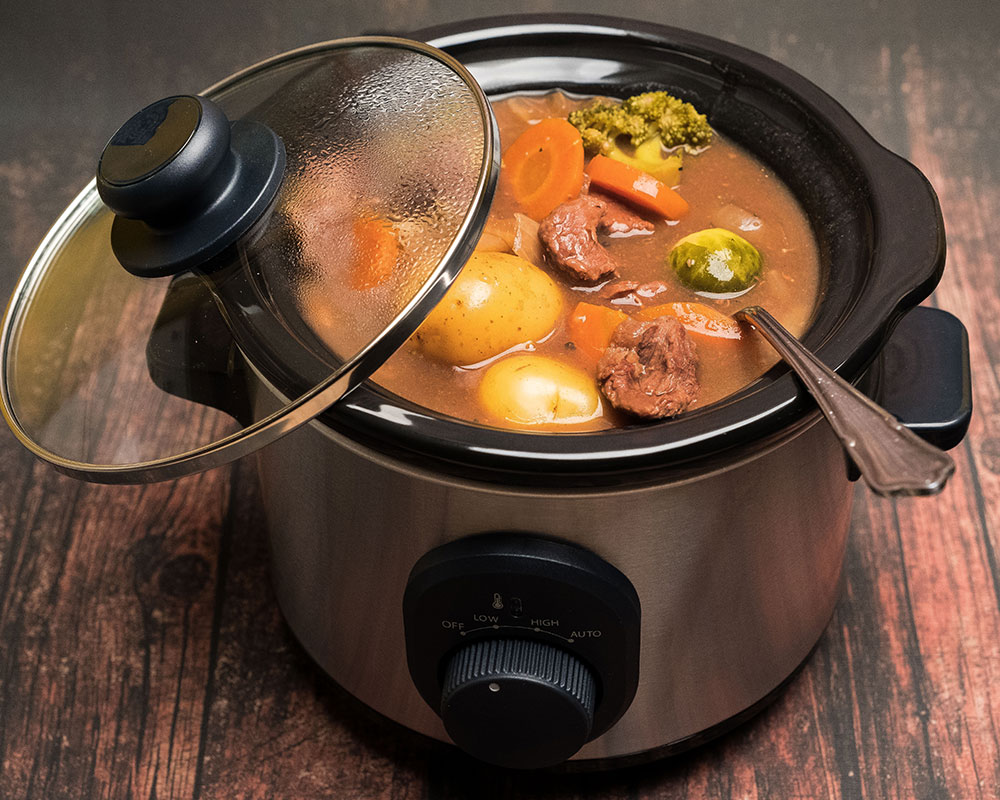Snuggling up in front of a cozy fire is one of the true joys of Midwestern winters but most homeowners don’t want to chop wood or clean up ashes.
“We still do some wood-burning units, but the majority of people want gas,” says Kevin Obee, general manager of Benson Stone, Rockford. “Gas units have come a long way in the past 20 years to the point where they look very real.”
Most modern units can be vented through an exterior wall or be retrofitted into existing fireplace openings.
Along with deciding what your new hearth will look like and where to place it, your most important choice is whether you want an open-vent fireplace, a direct-vent insert, gas logs or an electric fireplace.
A new fireplace is a brand-new unit where one never existed; inserts are sealed systems that pull air from outdoors (instead of your furnace-heated room air) and send exhaust directly outdoors. Gas logs with glowing “embers” can be found in both open-vent and direct-vent systems.
Each system has pros and cons and a sales expert can explain them to you.
While both open-vent and direct-vent systems will exhaust fumes outdoors, open vent systems – like traditional masonry fireplaces – draw in room air to feed the flames. This approach is less efficient than a sealed, direct-vent system that pulls air from outside your home.
Obee estimates that, given current natural gas prices, running 80,000BTU gas logs in an open-vent fireplace adds about 30 cents per hour to your gas bill.
“They’re roughly 0 percent efficient, because a typical masonry fireplace is gaining as much heat as it’s losing, but you’re only paying a dollar every three hours to enjoy a fire. You turn it off, set your damper and it’s no big deal.”
On the other hand, direct-vent gas inserts in the 25,000-40,000BTU range are between 80-85 percent efficient. He usually runs his own fireplace on the high setting and says it doesn’t cost a penny to run.
“The fireplace essentially serves as a zone space heater and it reduces how long the furnace runs. It actually saves me money every single time I use it, versus using my furnace to heat the same space,” says Obee. ❚
















